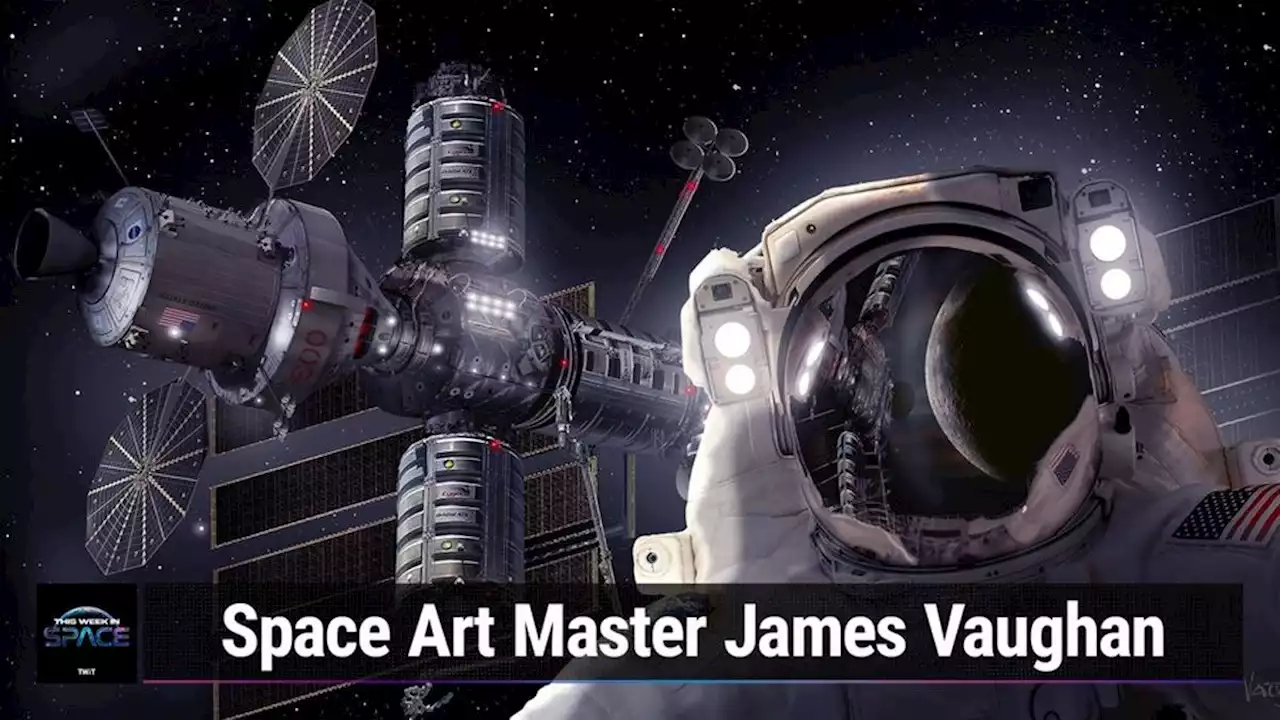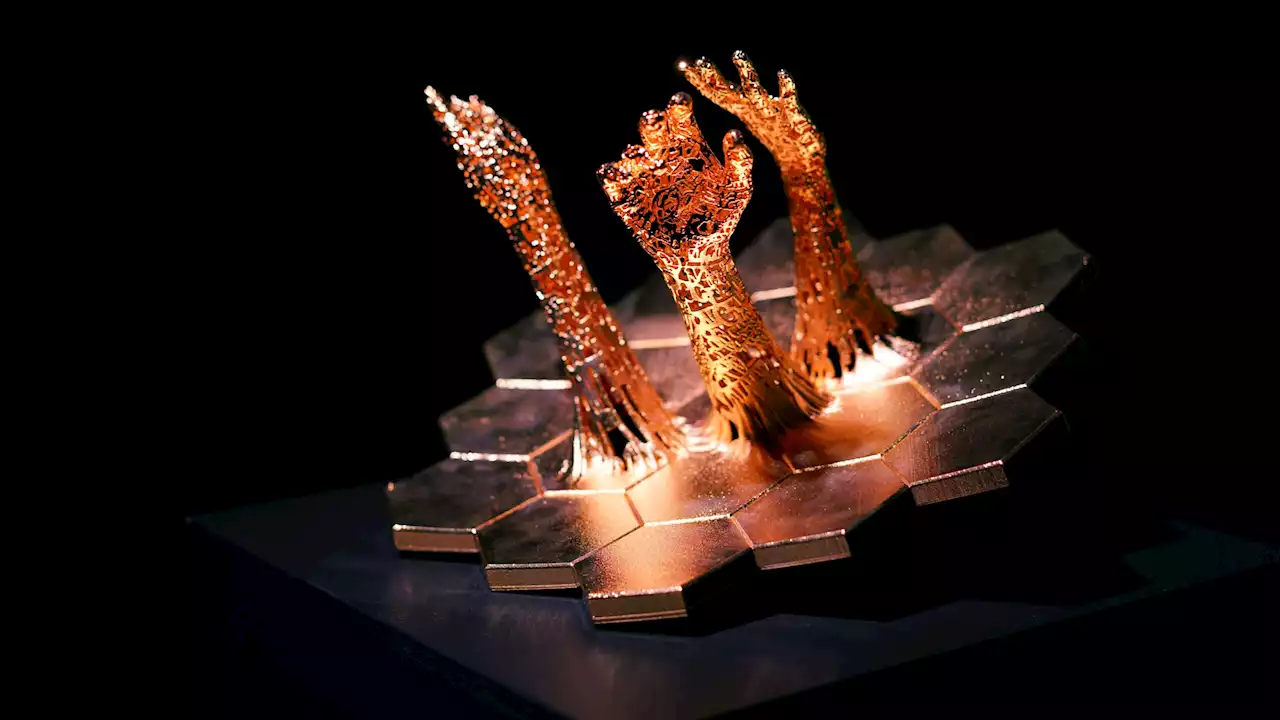Tereza is a London-based science and technology journalist, aspiring fiction writer and amateur gymnast. Originally from Prague, the Czech Republic, she spent the first seven years of her career working as a reporter, script-writer and presenter for various TV programmes of the Czech Public Service Television. She later took a career break to pursue further education and added a Master's in Science from the International Space University, France, to her Bachelor's in Journalism and Master's in Cultural Anthropology from Prague's Charles University. She worked as a reporter at the Engineering and Technology magazine, freelanced for a range of publications including Live Science, Space.com, Professional Engineering, Via Satellite and Space News and served as a maternity cover science editor at the European Space Agency.
," Yinuo said, referencing streams of charged particles escaping from the atmospheres of stars including our sun."In the case of these stars, the solar winds are more like a hurricane. When the stars get to a certain distance from each other, the hurricanes combine, and we see these fireworks, these puffs of dust."
The astronomers expected those circular puffs of dust to drift away from the star pair at a uniform speed. In the vacuum of space, there is nothing to slow the dust down, and so the shells should continue to ripple away into the surroundingHowever, when the researchers looked at observations of WR140 made over the past 16 years by the, one of the largest telescopes on Earth, they found that the dust was actually picking up speed as it traveled.
"We have always known that the [dust shells] expand quickly, but we didn't know that the expansion gets quicker and quicker," Yinuo said. The researchers believe that the dust gets the additional push from the immensely bright starlight produced by the WR140 binary star, which is about a million times brighter than the sun.
"These stars give out a very strong light," Yinuo said."And photons carry momentum, which can interact with matter, so the light is pushing on the dust and makes it accelerate."propulsion, which spacecraft like the LightSail 2 mission that launched in 2019 have used to orbit Earth. However, astronomers have never observed light pushing matter in another star system until now.
United States Latest News, United States Headlines
Similar News:You can also read news stories similar to this one that we have collected from other news sources.
 This Week In Space podcast: Episode 32 — Space Art Master James VaughanOn this episode of This Week in Space, Rod Pyle and Tariq Malik are joined by On talented aerospace artist James Vaughan to discuss art and exploring the stars.
This Week In Space podcast: Episode 32 — Space Art Master James VaughanOn this episode of This Week in Space, Rod Pyle and Tariq Malik are joined by On talented aerospace artist James Vaughan to discuss art and exploring the stars.
Read more »
 Ancient Mars microbes triggered climate change that made it hard for them to surviveTereza is a London-based science and technology journalist, aspiring fiction writer and amateur gymnast. Originally from Prague, the Czech Republic, she spent the first seven years of her career working as a reporter, script-writer and presenter for various TV programmes of the Czech Public Service Television. She later took a career break to pursue further education and added a Master's in Science from the International Space University, France, to her Bachelor's in Journalism and Master's in Cultural Anthropology from Prague's Charles University. She worked as a reporter at the Engineering and Technology magazine, freelanced for a range of publications including Live Science, Space.com, Professional Engineering, Via Satellite and Space News and served as a maternity cover science editor at the European Space Agency.
Ancient Mars microbes triggered climate change that made it hard for them to surviveTereza is a London-based science and technology journalist, aspiring fiction writer and amateur gymnast. Originally from Prague, the Czech Republic, she spent the first seven years of her career working as a reporter, script-writer and presenter for various TV programmes of the Czech Public Service Television. She later took a career break to pursue further education and added a Master's in Science from the International Space University, France, to her Bachelor's in Journalism and Master's in Cultural Anthropology from Prague's Charles University. She worked as a reporter at the Engineering and Technology magazine, freelanced for a range of publications including Live Science, Space.com, Professional Engineering, Via Satellite and Space News and served as a maternity cover science editor at the European Space Agency.
Read more »
 College Football World Reacts to UCF’s Space-Themed UniformsIn what is fast becoming an annual rite at the University of Central Florida, the UCF_Football program unveiled a set of space-themed alternate uniforms on Tuesday
College Football World Reacts to UCF’s Space-Themed UniformsIn what is fast becoming an annual rite at the University of Central Florida, the UCF_Football program unveiled a set of space-themed alternate uniforms on Tuesday
Read more »
 A new VR exhibit takes you inside the James Webb Space Telescope's imagesA new VR and IRL art exhibit by Ashley Zelinskie creatively interprets the images NASA released from the James Webb Space Telescope.
A new VR exhibit takes you inside the James Webb Space Telescope's imagesA new VR and IRL art exhibit by Ashley Zelinskie creatively interprets the images NASA released from the James Webb Space Telescope.
Read more »
 William Shatner on traveling to space: 'All I saw was death' | CNN Business“All I saw was death.' Actor William Shatner, who joined a suborbital space tourism flight last year, had a very distinct observation when he turned his gaze from the Earth to black expanse of the cosmos
William Shatner on traveling to space: 'All I saw was death' | CNN Business“All I saw was death.' Actor William Shatner, who joined a suborbital space tourism flight last year, had a very distinct observation when he turned his gaze from the Earth to black expanse of the cosmos
Read more »
 The UAE straddles the line between the U.S. and China in spaceThe UAE is straddling geopolitical lines in space by working with China and the U.S. in their lunar ambitions.
The UAE straddles the line between the U.S. and China in spaceThe UAE is straddling geopolitical lines in space by working with China and the U.S. in their lunar ambitions.
Read more »
